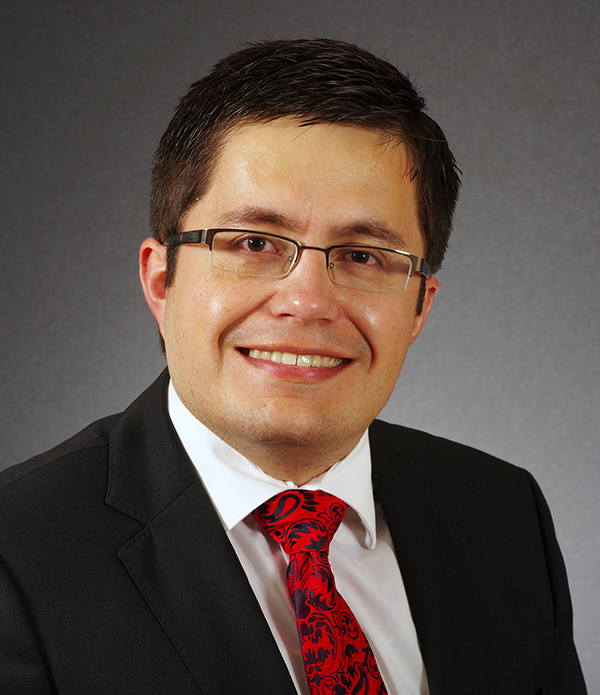The Health series is presented by AdventHealth
A Q&A with Cardiologist Andrew Waters
Undergoing cancer treatment can bring up many worries, but a connected, interdisciplinary care team can help ensure nothing is missed, including potential effects on the heart. Andrew Waters, MD, FACC, a cardiologist with AdventHealth Heart & Vascular Institute and a specialist in cardio-oncology, breaks down cardiac monitoring, chemotherapy effects, and potential treatment adjustments.
Why is it important to monitor the heart during chemotherapy?
Chemotherapy is a very broad classification of medications, each with an equally broad list of possible side effects. Some chemotherapy agents can have toxic effects on the heart, including an increased risk of heart rhythm disturbances, direct weakening of the heart muscle, or development of high blood pressure. At AdventHealth Shawnee Mission, a cardiologist monitors for these effects so the chemotherapy regimen can be adjusted or potentially changed to an alternative regimen.
How does cardiac risk change with different types of cancer?
The type of cancer definitely matters when it comes to cardiac risks because different cancers are treated with different chemotherapy agents. Breast cancer is often treated with drugs that have known cardiotoxic effects, but other cancers may be treated with chemotherapy with very different side-effect profiles. Additionally, breast cancer is sometimes treated with radiation therapy. Given the proximity of the breast to the heart, the heart is more susceptible to radiation therapy effects compared to cancers that are further away from the heart.
Please explain cardiac monitoring.
The backbone of cardiac monitoring during chemotherapy is the echocardiogram (echo)—an ultrasound of the heart. We obtain an echo at baseline to see what the heart looks like before chemotherapy even starts. Some patients already have a history of heart disease and it’s important to know that to better evaluate the risk of starting chemotherapy. We then monitor for cardiotoxicity with follow-up echos.

What are you looking for in an echo?
We primarily evaluate the ejection fraction, a number roughly indicating what percentage of blood that goes into the left ventricle (the main pumping chamber) comes back out of the left ventricle. A new technique called strain imaging tracks the individual speckles within the echocardiographic image and calculates how these speckles change position over time. Strain imaging allows us to detect the earliest signs of cardiac dysfunction so we can alert the oncology team who then adjusts the chemotherapy regimen.
What is the collaboration process like in cardio-oncology?
At AdventHealth, our cardiologists work closely with the oncology team that is taking care of the patient. The process is very collaborative. When an abnormal echocardiogram is noted during screening, the oncology team is contacted directly and the patient is referred to the cardiology clinic to be seen by one of our specialists. We are a tight-knit group at AdventHealth, and we are readily able to contact each other directly to discuss more complicated cases to develop a tailored plan for each patient.



